If you love adventuring off the beaten track, rest assured wild camping will be your new favourite hobby. Besides letting you experience parts of the world that most people never get to see, it also allows you to surround yourself with stunning natural beauty and breathtaking landscapes – completely free of charge.
But, compared to camping at developed campgrounds, wild camping requires a bit more research and preparation. In this guide, I’ll tell you everything you need to know about wild camping, share some tips, and run through a wild camping kit list.
Everything You Need To Know About Wild Camping

By definition, wild camping is simply camping outside of a developed/regular campsite. If you have to pay a fee or reserve a spot in advance, it’s not wild camping.
Camping in a music festival, in your backyard, or at a developed campground is just regular old camping. Wild camping, on the other hand, is camping near enough anywhere else.
But the difference between wild and plain old camping is also in how you approach it.
For example, when you pitch a tent at a developed campground, you will usually stay in the same place for a few days. On the other hand, wild camping allows one to spend most of the day exploring the wilderness before pitching their wild camping tent for the night and moving on in the morning.
Why Would I Want to Wild Camp?
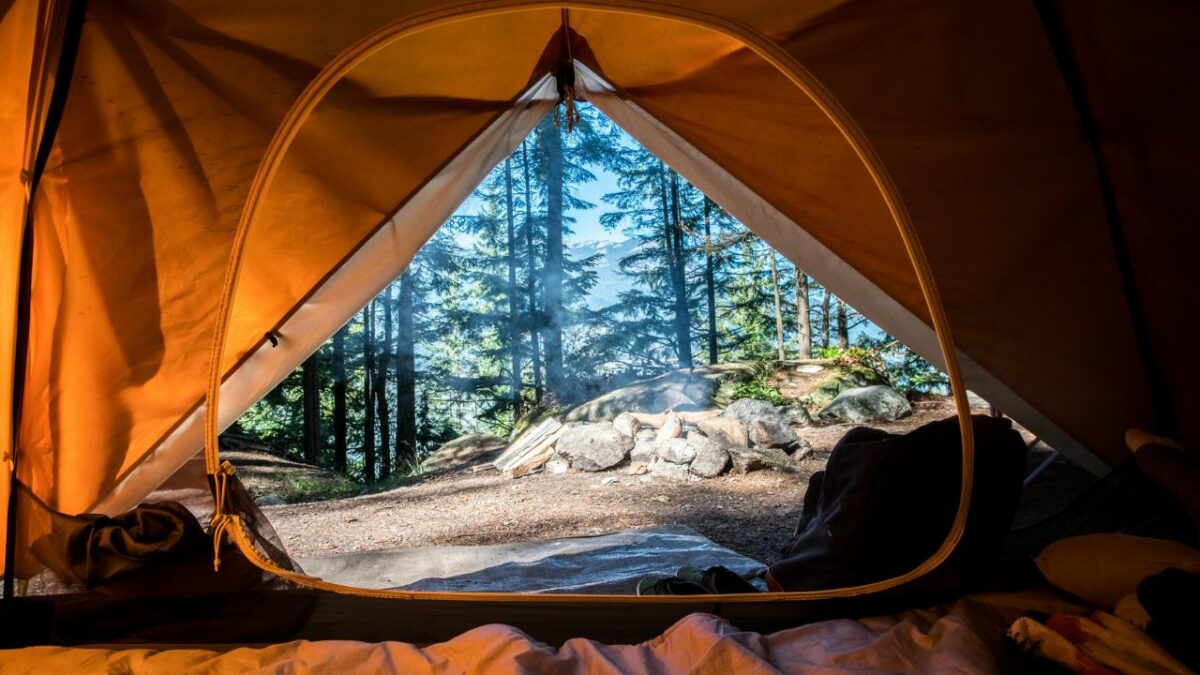
There are many mental and physical benefits to spending time in nature. Modern-day life can be stressful and anxiety-inducing, so many people head out into the wild for relief.
Now, you could say, “but I can get that by staying at a regular campsite,” and you’d be right. However, consider this – other people often cause stress, and modern developed campsites are usually buzzing with people, noise, and electricity. If you are standing in a queue at a campsite, waiting to order food or take a shower, while someone is blasting music from their portable speakers, are you really spending quality time in nature? Wild camping offers you a chance to take in the great outdoors without the unwanted hecticity.
Besides allowing you to unwind without being disturbed by others, wild camping gives you a sense of primitiveness and freedom that regular camping does not. It’s a cheerful, inexpensive way to tackle multi-day hikes in remote places, allowing one to spend nights under the stars in genuinely breathtaking locations.
Is Wild Camping Legal?
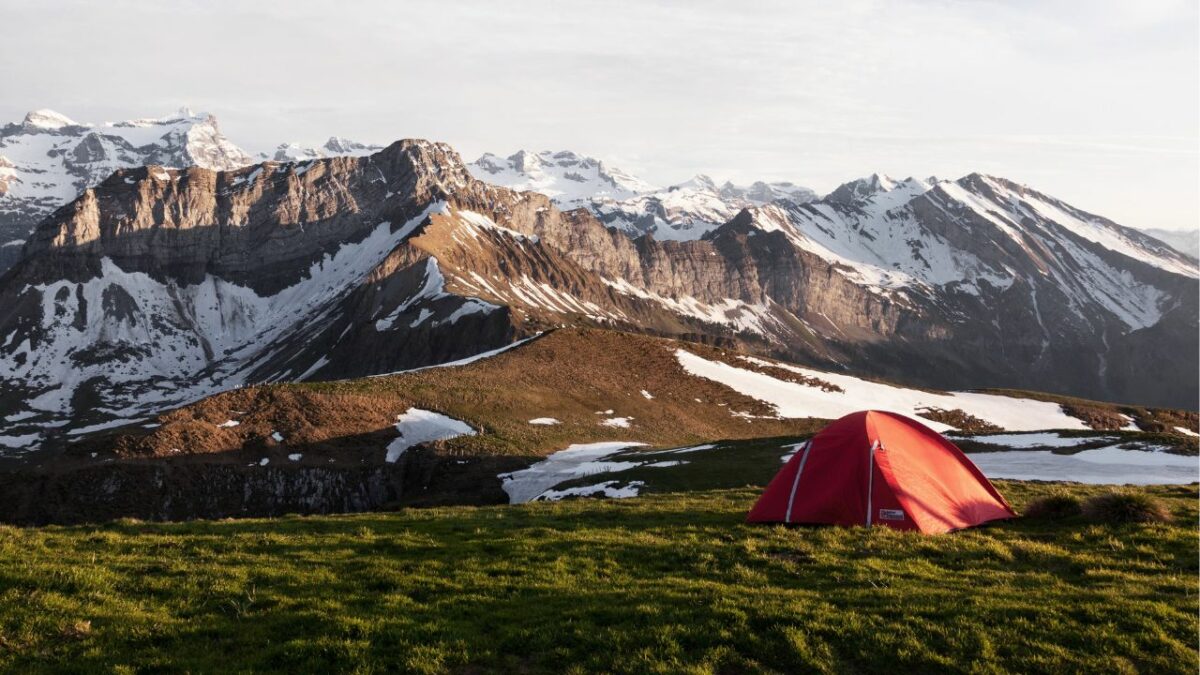
Wild camping generally requires checking if you can legally camp at a particular place and, in some cases, getting permission to do so. Leaving no trace is essential.
It is crucial to check the rules in your region before heading into the wilderness to wild camp. Strictly speaking, camping on land in most parts of Northern Ireland, Wales, and England requires you to ask for permission from the landowner before setting up camp. In reality, most campers don’t bother doing this as, generally, nobody will give you a hard time for wild camping without permission (provided that you are not causing a disturbance).
Some regions of Scotland will require you to obtain a permit before camping, including Loch Lomond, but you can pitch a tent practically anywhere in Scotland for free.
Wild Camping in England

Private landowners own most of the land in England, and wild camping is allowed only with the landowner’s permission.
Dartmoor National Park was the only place where you could wild camp in England without asking for permission from the landowner. As a result of a lawsuit brought by a landowner against the national park, wild camping in Dartmoor is currently only allowed with the landowner’s permission. However, the National Park will appeal the decision and likely win the appeal.
With all of that being said, nobody will lock you up or even fine you if they see you wild camping in the beautiful wilderness of England. At most, you will be asked to pitch your tent elsewhere. See our guide to wild camping in the United Kingdom for more information.
Wild Camping in Wales
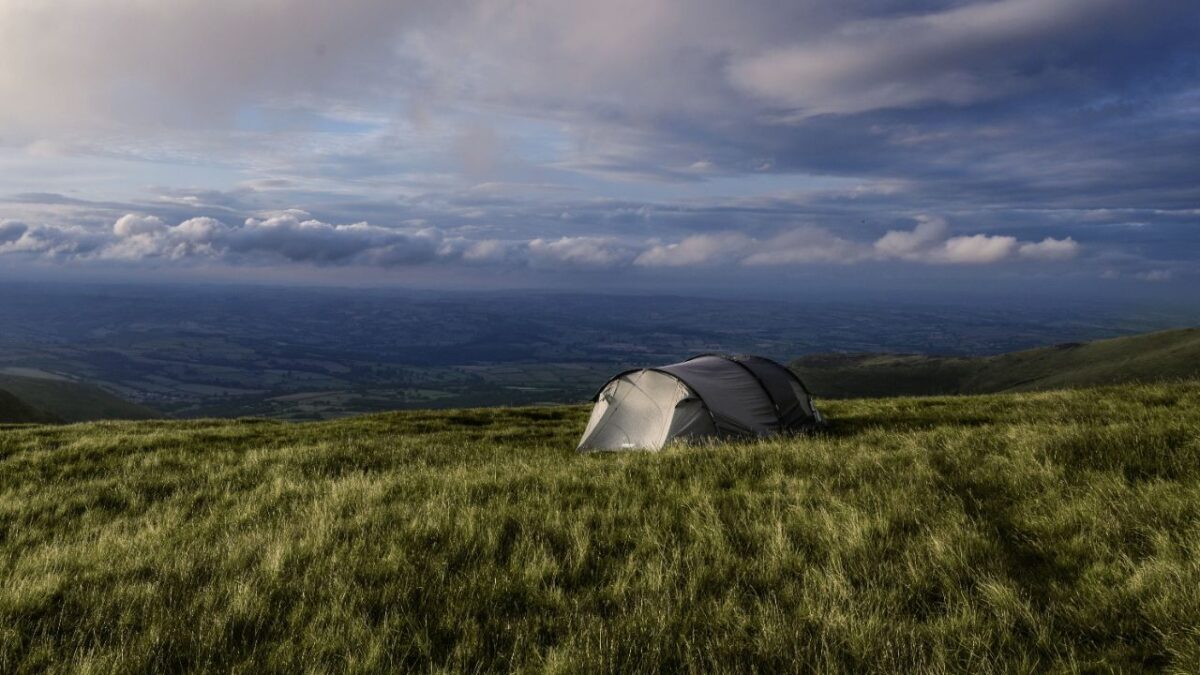
Wild camping in Wales, UK is subject to the same rules as wild camping in England – you must obtain permission from the landowner. With only a tiny portion of the land within the Snowdonia National Park being owned by the park itself, the park authority advises contacting the landowner before camping.
Wild camping in the Brecon Beacons National Park requires the landowner’s permission because most land is privately owned. Contacting local farmers is the best way to determine who owns the land.
Of course, you must use common sense when wild camping – whether or not you have explicit permission from the land owner. Don’t go jumping over any fences or gates to set up camp, don’t be noisy, and don’t pitch a massive bright red tent that’s an eyesore to every living creature in the area. Essentially, do your best to blend in with your surroundings.
Wild Camping in Scotland
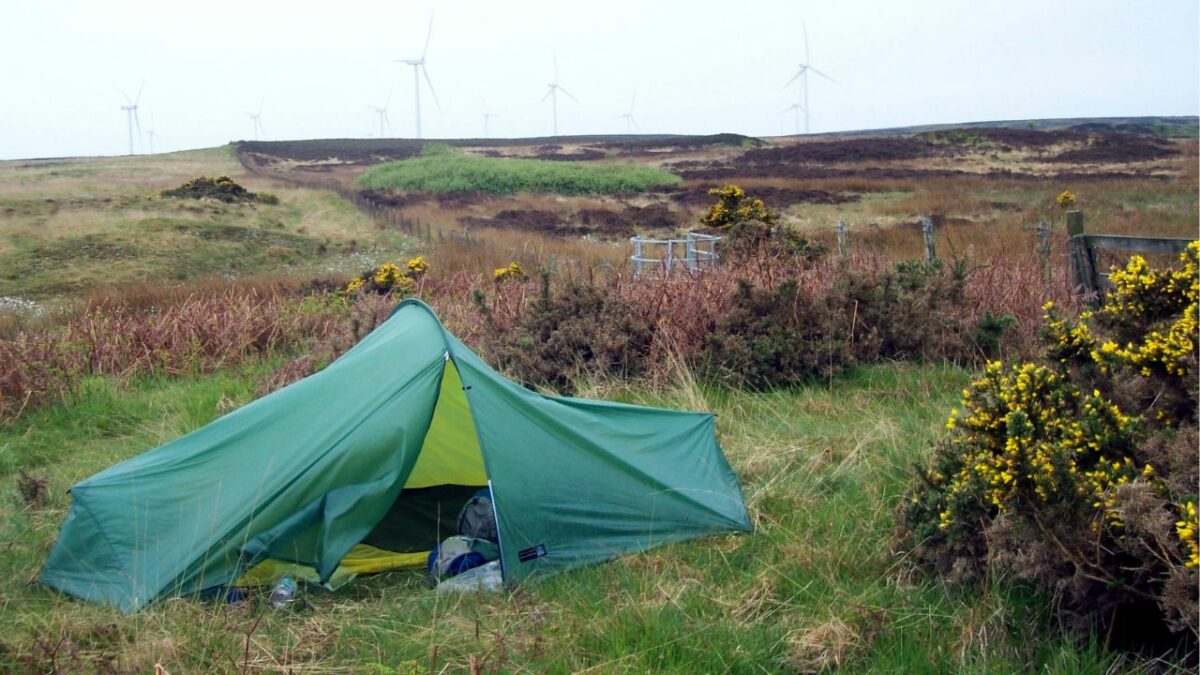
Most of Scotland allows wild camping practically anywhere thanks to the Land Reform Act 2003. The law entitles campers to pitch their tents on most unenclosed land.
The Loch Lomond & The Trossachs National Park is the only exception. In response to excessive use and damage to the natural environment, wild camping in Loch Lomond is subject to camping byelaws. As a result, camping in this area is now only allowed with a permit or within developed campgrounds.
You must stick to ‘Leave no Trace’ when wild camping. Essentially, these all boil down to: a) don’t disturb flora and fauna and b) leave everything as you found it. Also, before you head out, it is a good idea to familiarise yourself with the Scottish Outdoor Access Code.
How Safe is Wild Camping?
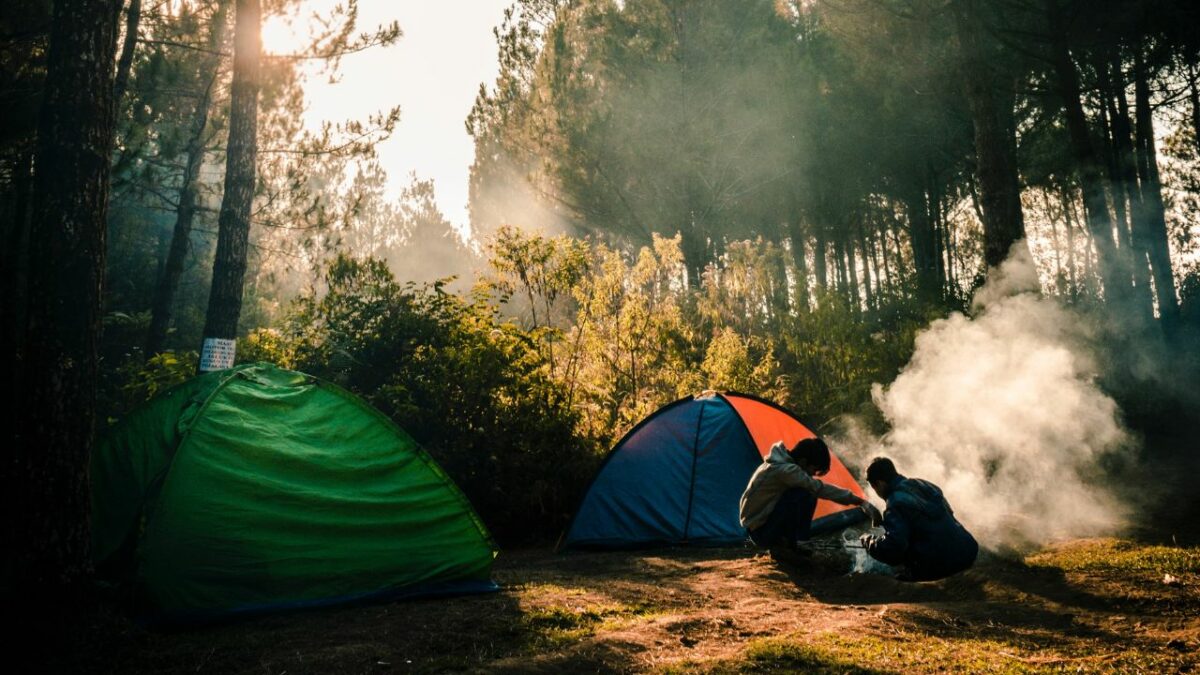
My wild camping experience spans decades, and I have never encountered any safety issues. If you have chosen your location carefully, there’s little chance you’ll be disturbed by other people.
Most safety problems arise from not dressing up and gearing up properly for camping in the wild and not considering the weather conditions. Take some waterproof clothes, pack plenty of warm layers, and check the weather forecast before heading into the wild.
A herd of cows running over your tent is the last thing you want: ensure no animals – livestock or wildlife – are nearby. Lastly, ensure someone knows where you are wild camping and when you will return.
How do I Choose a Location for Wild Camping?
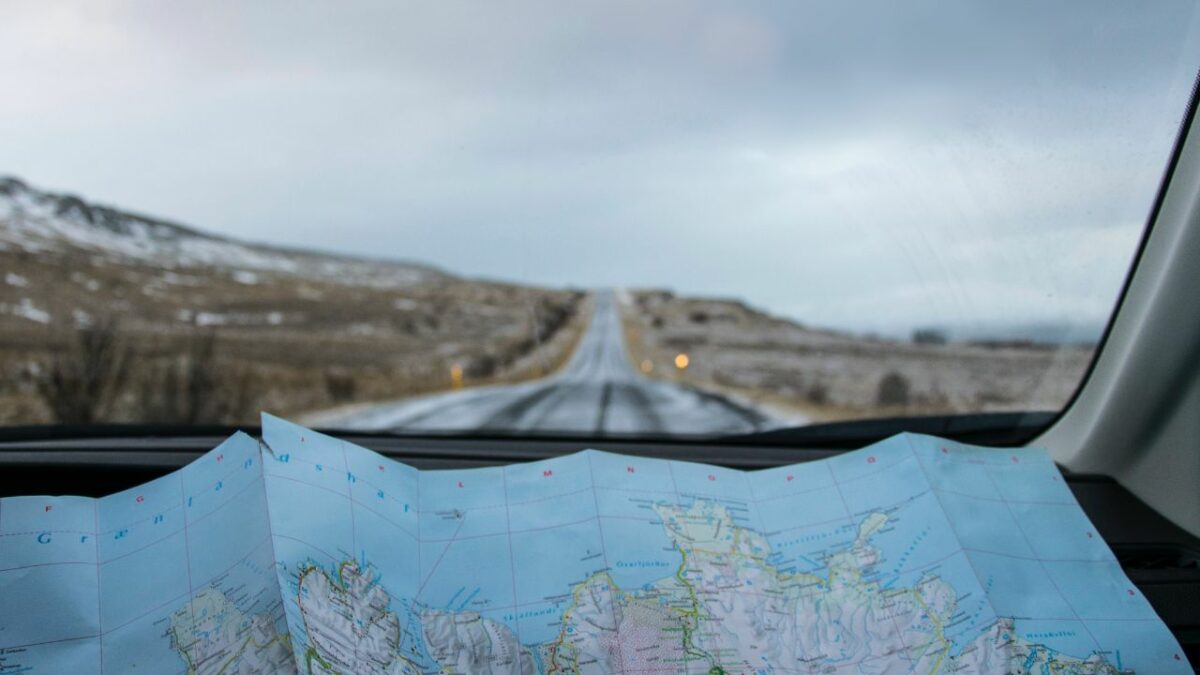
Here are the primary considerations you must take into account while choosing where to camp:
View
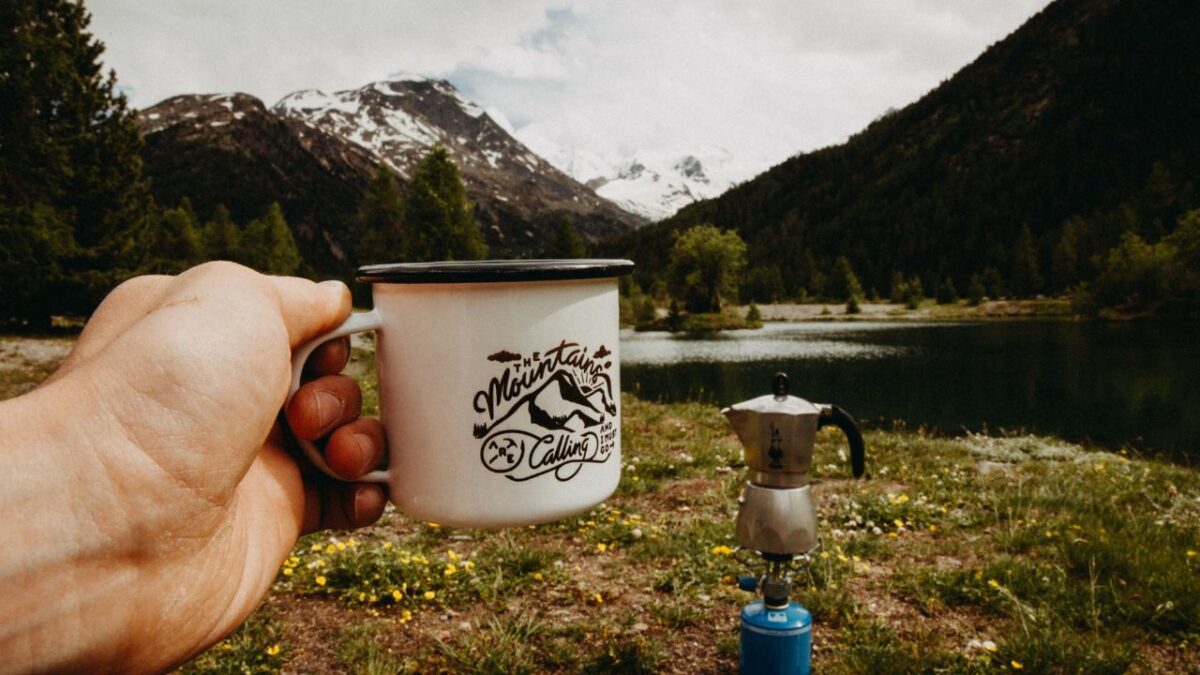
We can all agree that this has to be one of the most critical factors behind camping out. Watching the sun set over hills you have yet to climb or waking up to a sunrise over your favourite mountain range must be one of life’s greatest pleasures.
So, when setting up camp, think about what direction you want the tent to face (relevant for sunrises/sunsets), the openness of the land, and the aspect of the slope you’re on.
Shelter
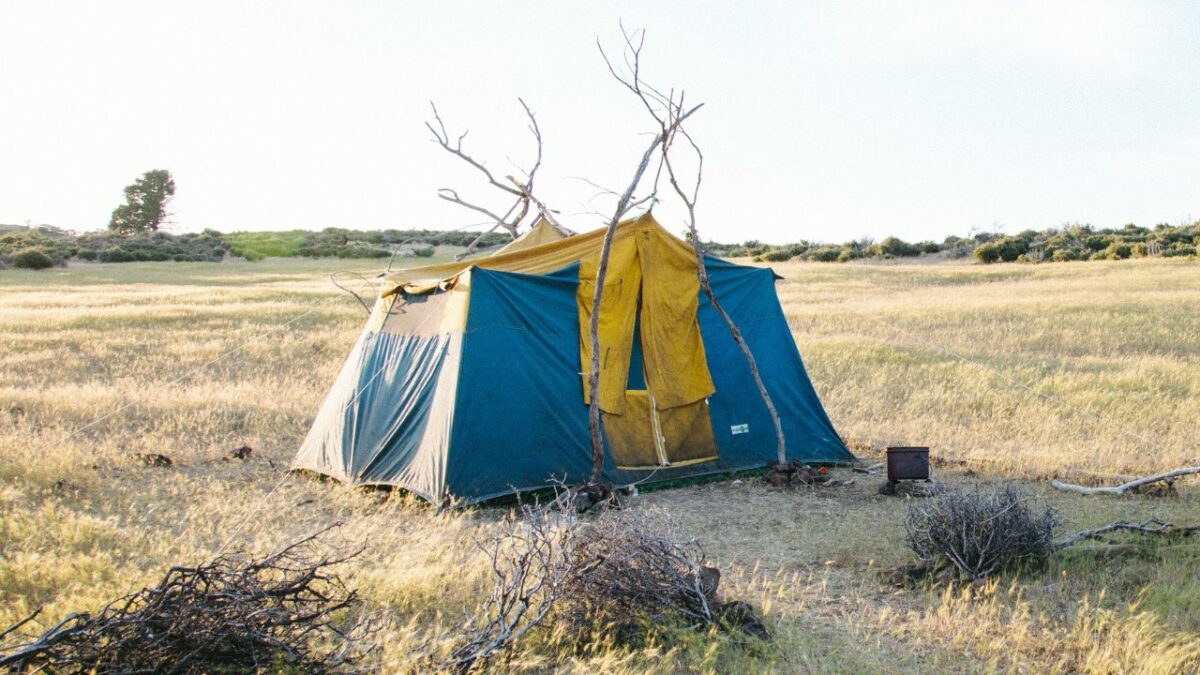
By paying attention to the weather forecast, studying maps, and reading the landscape, a wild camper can choose a location that protects from the elements: rain, high winds, scorching sun, etc. The slightest rise in the ground can make the difference between a screaming gale and a pleasant breeze that takes care of the midges.
Be aware of drainage when looking for natural scoops in the landscape. If it rains, a natural bowl will collect water; if the ground is full of troughs, it will funnel water towards you.
Ground

Maps indicate mosses, marshes, and bogs that will be wet underfoot in all but the most extreme droughts. The maps also often show gravel and scree, and pitching a tent on these is not advisable – you’ll never get a a good night’s sleep. Look for grassy and level ground that won’t easily collect water.
A comfortable bed of grass on well-drained soil is always the best choice. However, wild campers often have to get creative when their adventures take them over rough terrain. As lying on a slope can be challenging, finding a level area will also help you get a good night’s sleep. Speaking from experience, lying on a slope with your head downhill always results in headaches.
Hazards
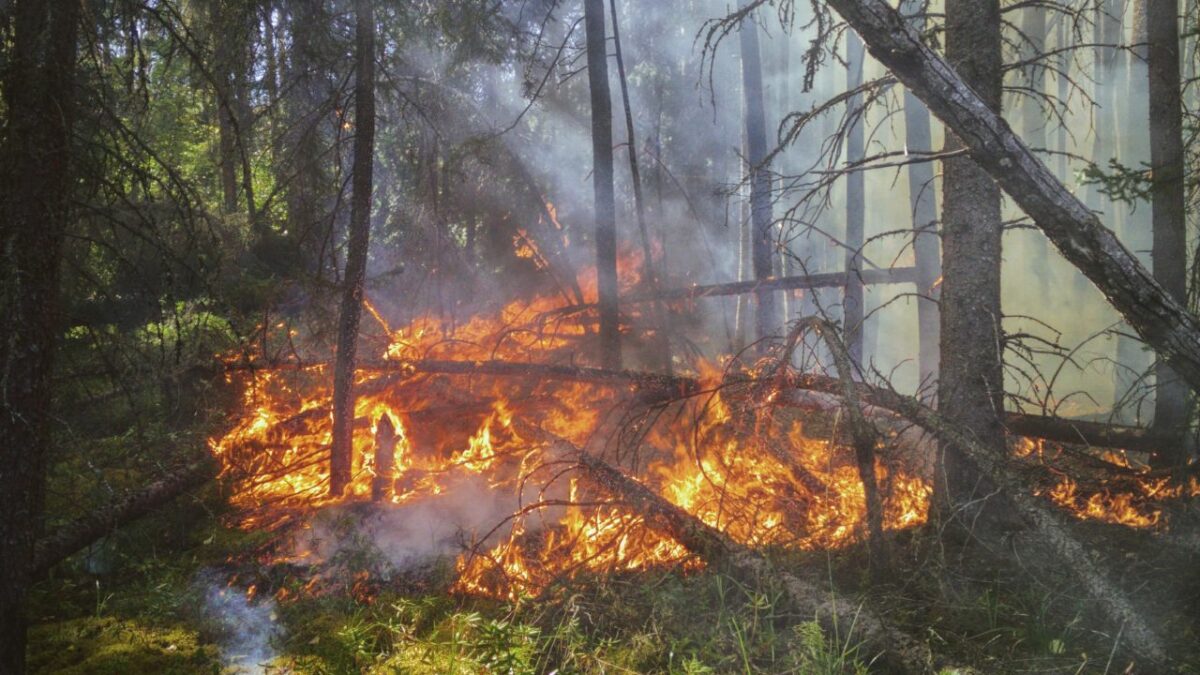
Despite British hills’ seeming benign nature, there are still dangers to be aware of.
Camping at the foot of a slope in winter can lead to avalanche risks. Similarly, beware of rockfall when sheltering on steep slopes or cliffs. A cliff or crag can be enticing because of the views, but what about that late-night “call of nature”? After stumbling out of your tent, will you remember the 300-foot drop?
Avoid pitching your tent next to hazardous (unstable) or dead trees if camping in a forest.
However, none of these dangers is as severe as wildfires. Obviously, the threat of wildfires in the UK is the biggest during summer. Due to drier and warmer summers, Britain’s upland regions are becoming increasingly vulnerable to fire outbreaks and widespread ecosystem damage.
Your stove still poses a risk even if you don’t plan on lighting a campfire. Never set the burner down low in scrub or grass. Instead, use a level rock as your kitchen counter or try to flatten down any nearby foliage. Be cautious when using strikers, lighters, and matches; a spark from any of these can lead to dire consequences.
What Should I Pack When Wild Camping?
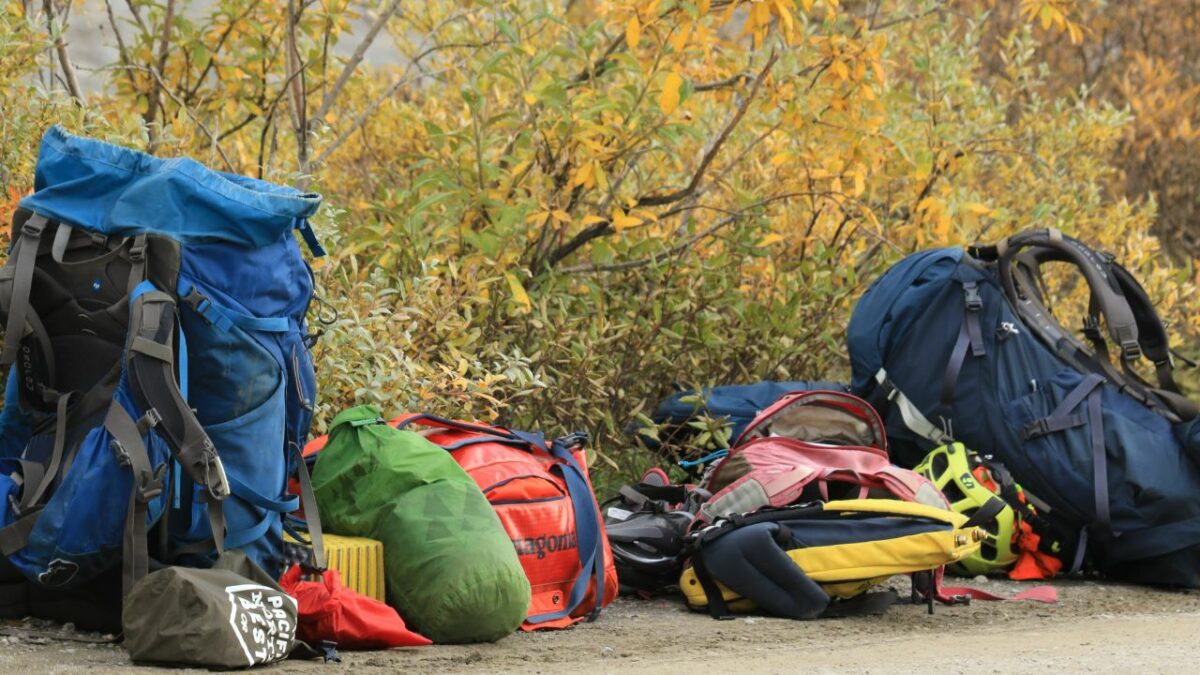
Keeping your gear to a minimum and determining how to transport it efficiently are the keys to wild camping.
No matter what, don’t let not having a top-of-the-range tent or a sleeping bag tested on Everest’s slopes turn you away from camping. Just ensure you have adequate equipment and some experience using it – your first time camping in the remote wilderness is not a good time to learn how to pitch a tent, it’s best to practice doing it in your garden. And don’t do anything that would require a mountain rescue intervention. Check our guide to essential wild camping gear for more information.
Wild Camping Tents

You do not want a cheap tent for your wild camping adventure. Your tent needs to be durable enough to withstand the elements but also lightweight enough to be easy to carry from one place to another.
A tent that weighs about 2 kilograms is an excellent place to start if you are camping alone. The lightest models are one-person tents. However, they often sacrifice space and feel like coffins. Consider getting a two-person tent if you want more comfort. If the conditions are a bit harsher, you will need an insulated tent.
The market is flooded with lightweight tents at varying prices, making tent shopping daunting for the inexperienced. Generally, tents with more expensive materials are lighter and better designed. Having said that, you won’t have to break the bank to get a high-quality tent.
If you want to save on weight as much as possible – or if you’re looking for an “authentic” wild camping experience – consider getting a bivvy bag. This is essentially a waterproof and windproof sleeping bag. There are no pegs, poles, or roofs to worry about, just a more durable sleeping bag that you can use to sleep on the ground.
Sleeping Bag for Wild Camping

Weather conditions and seasons play a crucial role in choosing a sleeping bag. Winter sleeping bags can’t be used in summer, while four-season or cold weather sleeping bags can be a real torture during warmer months. The best all-around option is a three-season model, particularly for those planning to wild camp in the mountains.
The sleeping bag should be light and compact. Again, more lightweight models typically cost more. You will also want to consider the bag’s temperature rating.
The bag’s limit rating specifies the temperature at which an average man can expect to sleep comfortably. Pay special attention to this when shopping for a bag. On the other hand, the bag’s extreme rating specifies the lowest temperature at which an average woman can survive without hyperthermia for 6 hours.
Pillow & Sleeping Mat
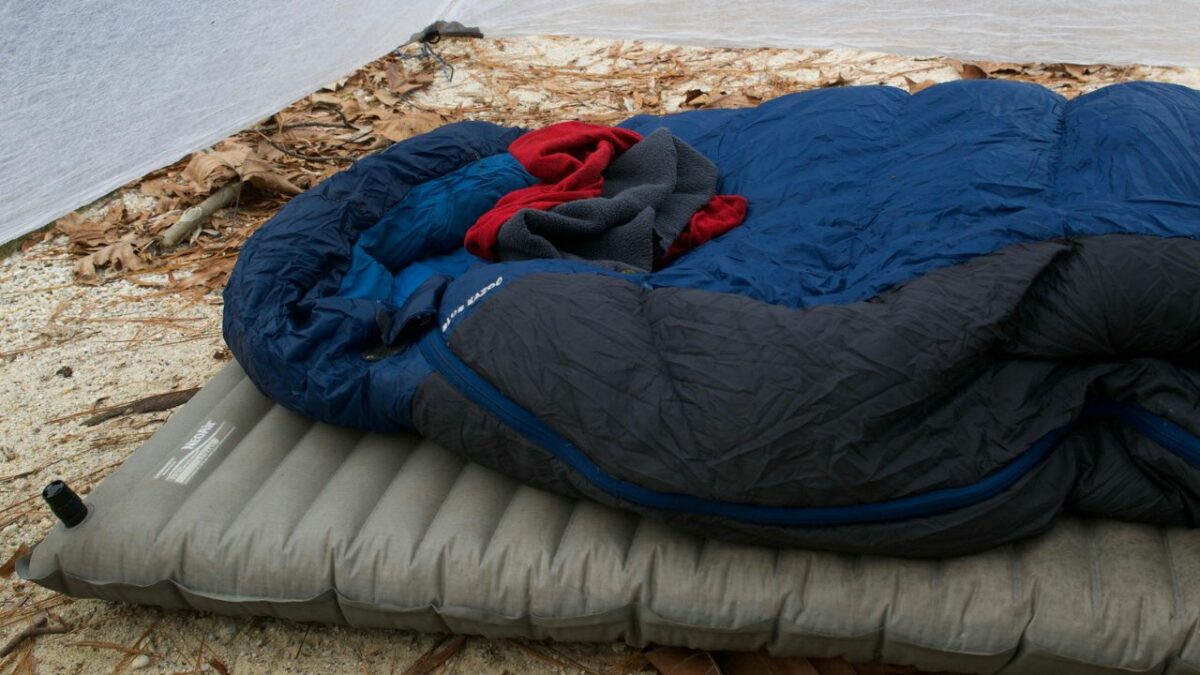
Some people describe these two as luxury camping items, but for me, they’re essentials for sleeping well.
The two types of sleeping pads are foam rolls and inflatable mats. They provide the necessary comfort and maintain your body’s heat in cold weather.
I recommend inflatable sleeping pads since they’re more comfortable than the foam ones and pack very small. With dozens of different brands to choose from, you will inevitably bump into some claiming their models can be inflated in just a few breaths – this is rarely the truth.
Backpack
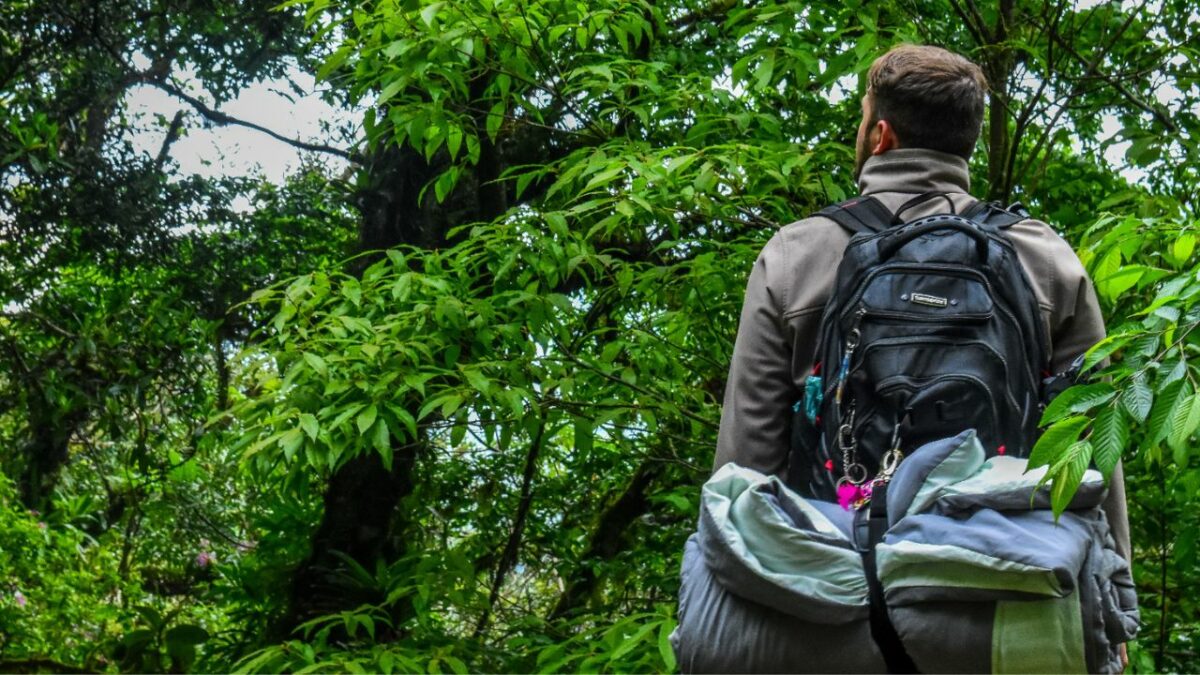
Unless you have your own mule, you’ll need a backpack for your wild camping gear.
Your best bet is to buy a trekking backpack with chest and waist clips and padded shoulder straps. They will help distribute the weight. Regarding capacity, a 30-65L model will be suitable depending on how much gear you have and how long you are going wild camping.
Waterproof & Warm Clothes

After dark, the weather can quickly change from sunny and warm to chilly. The nighttime temperatures can be freezing even during summer, especially if you wild camp at higher altitudes. Besides, the weather can change very quickly, particularly in Scotland.
That’s why you’ll want to pack lightweight gloves, a beanie hat, thick socks, thermal bottoms, a long-sleeve mid-layer, a waterproof windbreaker, and a light down jacket. Ensure you have everything you might need for all types of weather before setting off.
Water
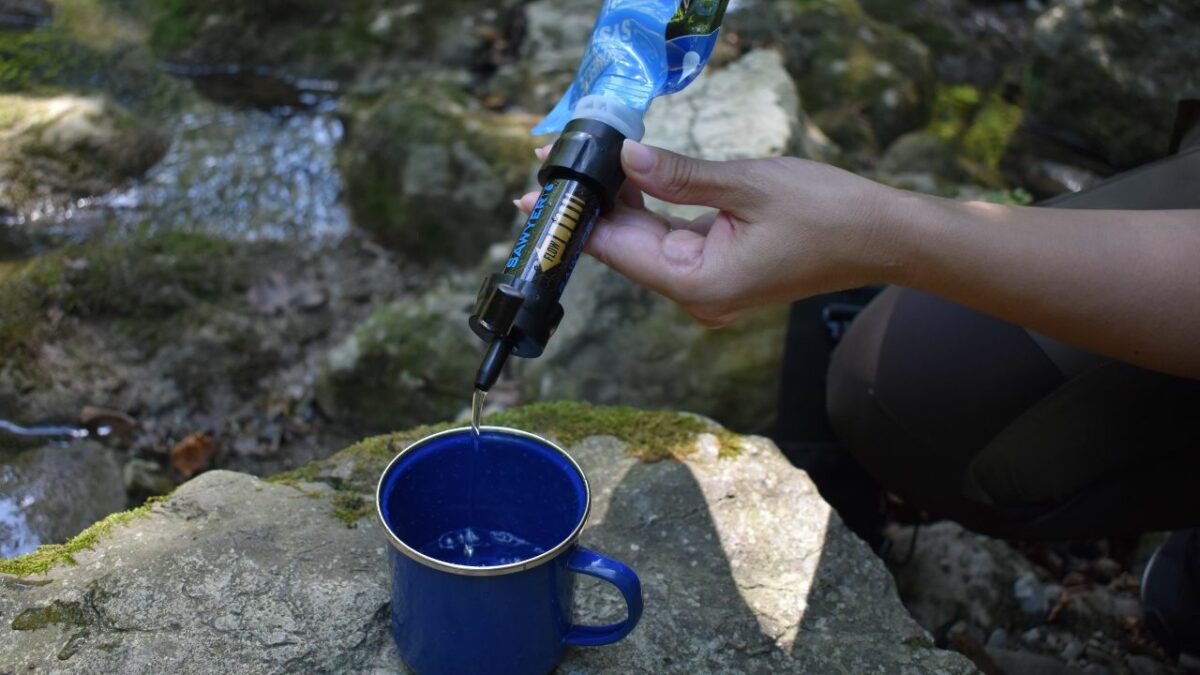
It is crucial to carry enough fluid for the journey or to be able to refill your bottles. While it may sound silly, water can be a heavy burden. One of the best ways to shave it off as unnecessary weight is by purchasing and carrying one of those handy water filters (like Life Straw).
However, most people prefer carrying as much clean water as possible. I usually carry up to 3 litres spread between a bottle and a water reservoir (hydration bladder in my backpack).
Cooking Equipment & Food

Wild camping is often a multi-day experience, so food depends on the individual and how long one plans to stay in the wild.
You’ll need a lightweight cooking setup if you enjoy hot coffee in the morning or can’t live without hot meals. This typically includes a mug for a hot drink, some cutlery, a pot, a lighter, a gas canister, and a single-burner stove.
But, truth be told, there is no such thing as a wrong cooking setup. It all depends on what you want to cook during your wild camping adventure and how much space you have.
Toiletries
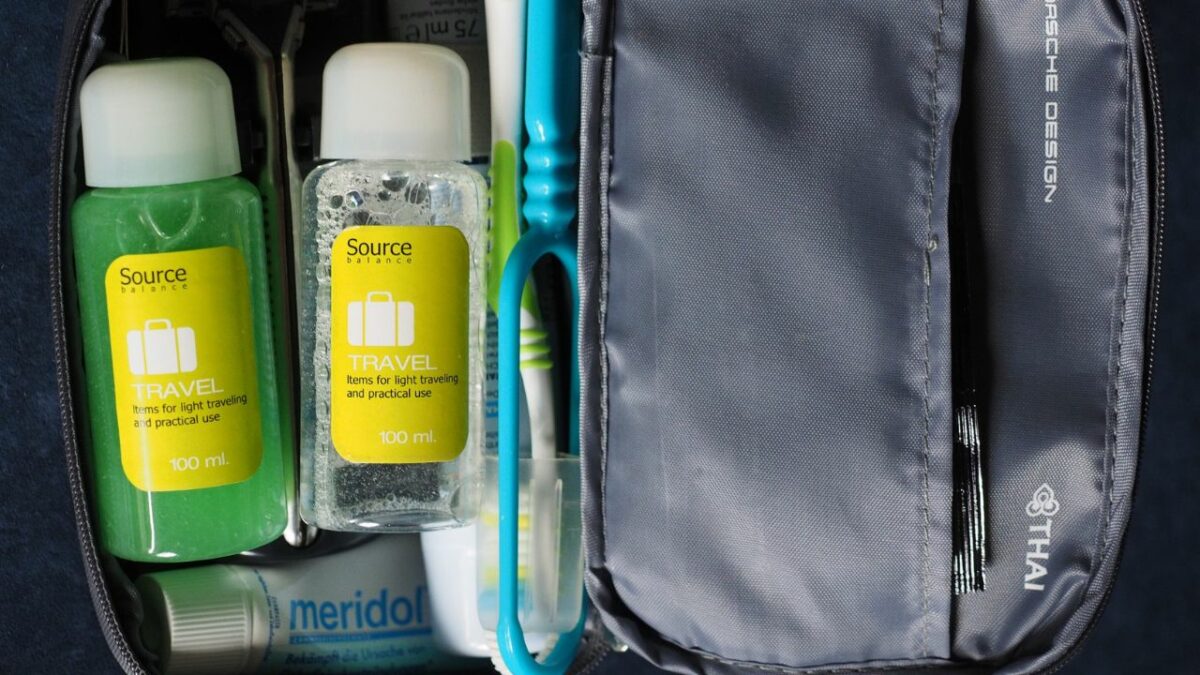
While answering the “call of nature” is slightly different when you’re wild camping, you still need to bring all the necessary toiletries.
Besides packing your hand sanitiser, toothpaste, and toothbrush in a plastic zip-lock bag, you’ll also want to bring some toilet paper and a garden trowel. Moreover, carrying a small first aid kit is a good idea if you are prone to injuries or accidents.
Cellphone & Powerbank

We all yearn for nature but don’t want to go all Robinson Crusoe about it.
The phone is a way to document your adventure, a navigation tool, and, most importantly, a way to reach other people if something goes wrong. Pack a power bank and ensure your phone’s battery is full before leaving.
Other Useful Items
- Head torch
- Lightweight flip-flops
- Earplugs
- Camera equipment
- Compass & map
- Dry sacks
- A couple of towels
- Some spare clothes
The Rules of Wild Camping
No one should know that you stayed at your camping site after you left. Although simple, this is the most critical rule of wild camping.
Regardless of what you bring, you must take it with you when you depart. This means leaving no faulty equipment, rubbish, and especially human waste.
Pitch Late and Leave Early
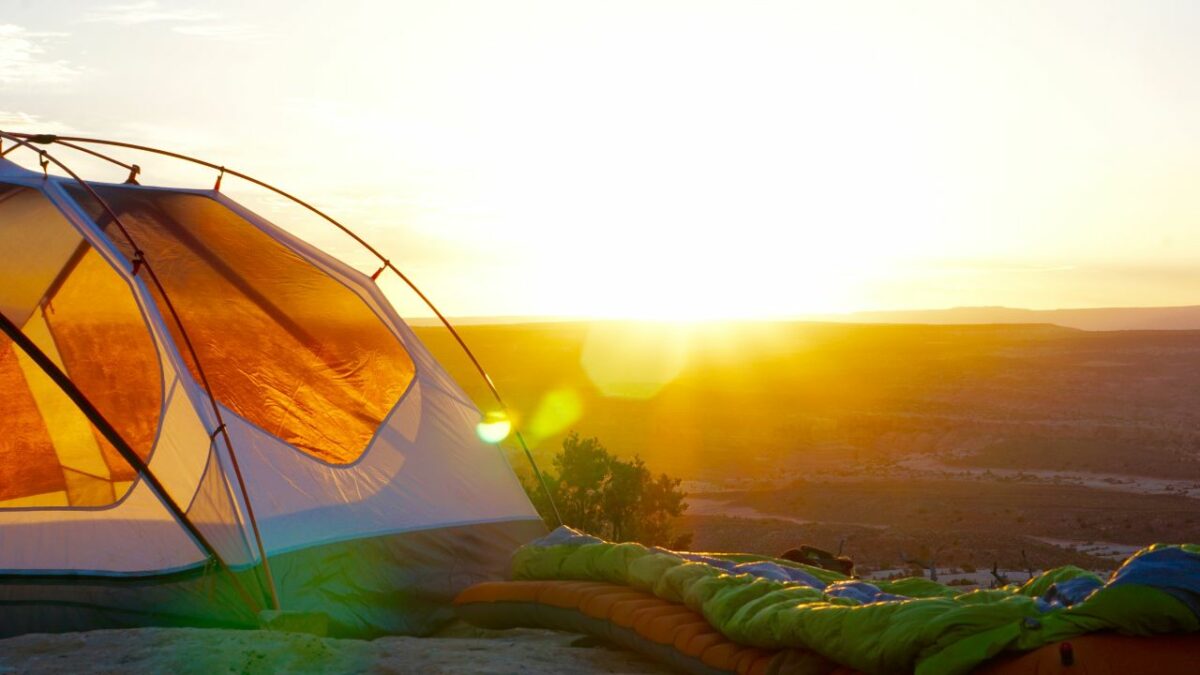
The reason is to minimise your time as an eyesore on the land where you are camping.
However, arrive early enough to find the best camping spot.Struggling to find the spot in the dark is not something you want to happen.
Wake up early in the morning, take in the views, and then pack up and head out well before the first hikers arrive.
Out of Sight, Out of Mind
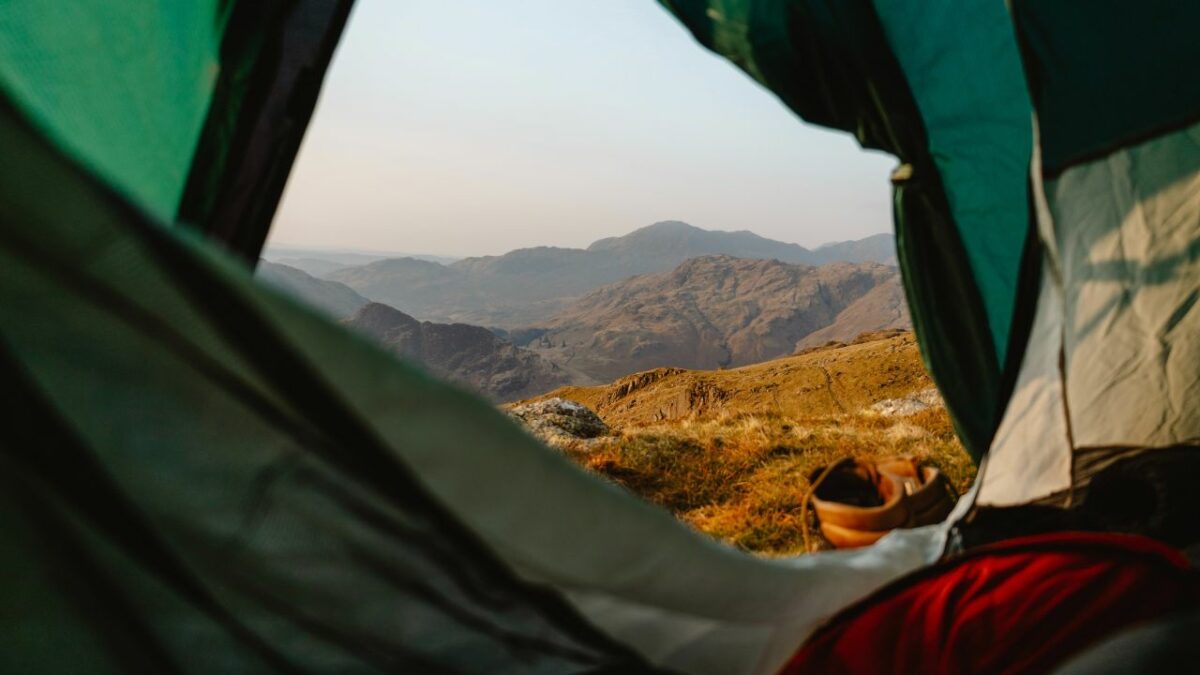
Camp as far as possible from paths and tracks. You should strive to remain discrete and avoid attracting attention.
Generally speaking, the higher you go, the less likely it is that you will camp on another person’s property or encounter other people. If asked to move along, do so apologetically and without making a scene.
Don’t Start a Fire

In addition to attracting attention to yourself, starting a fire also puts your equipment and the environment at risk.
An unnecessary fire would damage and destroy the natural beauty of most wild camping spots. Pack more layers if you’re planning to wild camp in cold weather.
Answer the “Call of Nature” Adequately
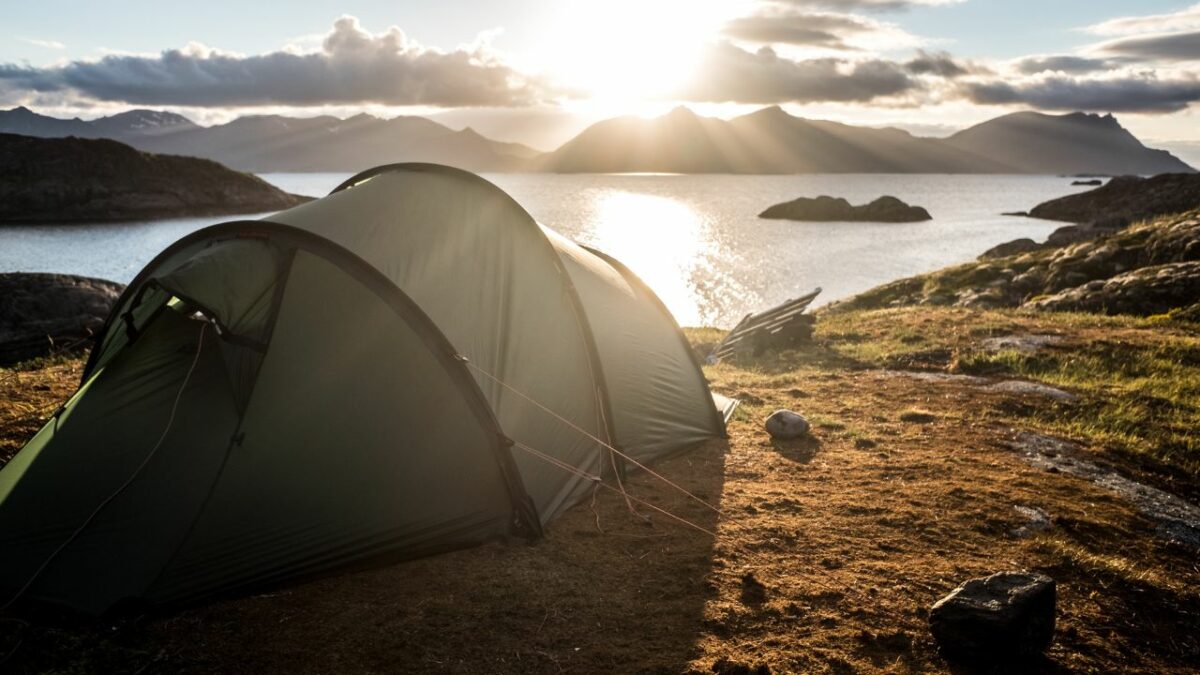
Always do the “job” at least 30 metres away from all ponds, lakes, creeks, rivers, and other bodies of water.
If you need to go No. 2, you’ll have to use a trowel. Make sure the waste is buried at least 15 centimetres deep. Don’t do the same with toilet paper; throw it in a rubbish bag.
Takeaway
Review your wild camping checklist, gear up, and head into the Great Outdoors.
Wild camping may seem intimidating at first, but it is incredibly rewarding. It’s an experience of simplicity, peacefulness, and the closest thing to roaming wild and free. Good luck!

I love hiking, backpacking, and camping. From the Camino de Santiago to the West Highland Way in Scotland or simply a great day hike on the weekend. Hiking refreshes me, my mind, and keeps my body reasonably fit. So far I have walked three Camino routes and many other long distance hikes in the UK, Canada, and around the rest of Europe. One of the best was my hike up Ben Nevis.

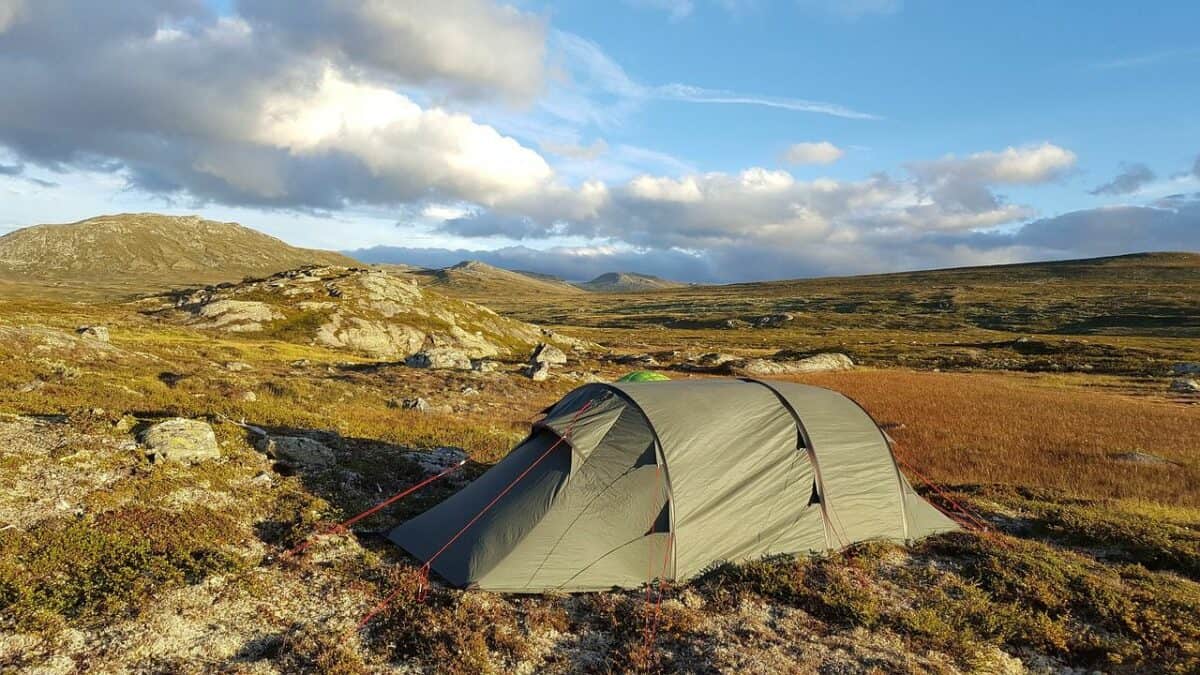
Thanks for this information. Can you tell me whether camping with a campervan necessarily not wild, or can one camp in a campervan outside campgrounds?
There are loads of places in Scotland where it is okay to stay overnight in a campervan. In the rest of the UK it is much more difficult.